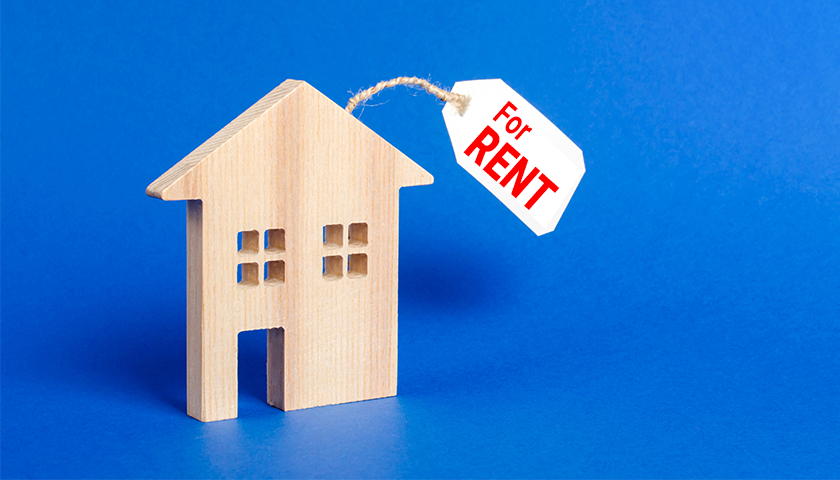The Unseen Backbone: Navigating the Dynamics of India's Rental Housing Market [Updated on: April 2024]

In the ever-evolving urban landscape of India, the significance of rental housing cannot be overstated. As millions traverse the expanse of the country in pursuit of better educational opportunities and careers, the quest for suitable accommodation becomes a pivotal aspect of their journey. The constant search for a second home, coupled with the expenses and risks associated with property ownership, has increasingly led people to opt for rental accommodation. Despite its critical role in urban living, the rental market often flies under the radar, overshadowed by the allure of homeownership. This article delves into the nuances of India's rental housing market, highlighting its importance, challenges, and the predominant types of rental arrangements catering to the diverse needs of the urban populace.
The Catalysts for Rental Housing Demand
Rental housing emerges as a pragmatic solution for the urban migrant, offering flexibility and affordability that homeownership cannot match. With rental costs typically ranging from 1-3% of the property's value, it presents a financially viable option for many, especially given the transient nature of modern urban life. More than 30 million urban residents currently reside in rental homes, a testament to the sector's vitality. Yet, despite its apparent significance, rental housing often remains undervalued in the broader real estate discourse.
Challenges Shadowing the Rental Market
The rental housing market faces a unique set of challenges that stem from a variety of factors:
- Perception of Impermanence: Rental housing is often seen as a temporary solution, lacking the material returns and status associated with property ownership.
- Limited Developer Interest: The focus on sales over rentals among developers further diminishes the market's visibility, with fewer projects designed with renters in mind.
- Regulatory Hurdles: A lack of supportive policies and a tenant-friendly legal framework also contribute to the sector's underdevelopment.
The Spectrum of Rental Housing Options
Within the rental market, three major types of housing cater to different needs and preferences:
- Single Family Rental: Ideal for families or individuals seeking privacy and space, single-family rentals offer the comforts of a standalone home without the burden of ownership.
- Paying Guest (PG) Accommodations: PG arrangements provide a budget-friendly option for students and young professionals, often including meals and basic utilities as part of the rent. This setup is particularly popular in cities with large student populations.
- Shared Apartments: For those looking for a balance between affordability and community, shared apartments present a viable option. Tenants share the cost of rent and utilities, making it an economical choice for many, especially in metropolitan areas where rent can be steep.
Conclusion: Embracing the Potential of Rental Housing
The rental housing market in India is a crucial component of the urban ecosystem, offering flexible and affordable living solutions to millions. Its growth and development are essential for accommodating the country's mobile urban population. Recognizing the value of rental housing, along with implementing supportive policies and fostering innovation, can unlock its potential as a foundational pillar of urban living. As the country continues to urbanize at an unprecedented rate, the importance of a robust, accessible, and diverse rental market cannot be underestimated. It's time for stakeholders, from developers to policymakers, to reevaluate and reinvest in rental housing, ensuring it receives the attention and development it rightly deserves.
Interested in buying a property?
Leave your details – we’ll call within 5 minutes.
Comments
No comments yet. Be the first!